Though the weather is still cold, a bright sunny day this week found me heading up Walton Street to St Sepulchre’s cemetery. Sandwiched between a Londis convenience store – with its mops, brushes and buckets of plastic wrapped roses cascading on to the pavement – and Walton Street Cycles – the shop front hidden behind a mangle of chained bikes – the place is not easy to find. But it’s worth persevering. For once you have located the tall metal gateposts that once led to the old farmstead of Walton Manor, and passed under the curtained windows that top the archway of the gloomy gothic gatehouse, you will find yourself in a peaceful paradise, at this time of year carpeted with spring flowers. Their colours set off against a shady avenue of yews, vivid mosses and a muddle of grey ivy bedecked headstones perched at all angles, there are pale primula, both yellow and pink, swathes of deep blue scilla, cheerful clumps of daffodils and for me the symbol that most ushers in the season, white, and purple veined crocuses, faces open to reveal the delicate strands of gold within. As we cough and splutter our way out of a long winter, these are the signs of hope and renewal we have all been yearning for.
St Sepulchre’s was one of three new cemeteries built in 1850 after the cholera epidemics of 1832 and 1849 had devastated the population of Oxford. Churchyards were declared full, sometimes overfull, bones spilling out from the shallow graves. Alongside Osney for the west, and Holywell for the central and eastern areas of the city, St Sepulchre’s was answering an emergency need for the parishes of the north. It was used until 1945, by which time it was flanked on three sides by the Eagle Ironworks of W. Lucy & Co, made famous by Philip Pullman as a location for his Lyra stories. When I first visited as a teenager on the occasional romantic tryst, the fiery furnaces used to light up the gravestones after dark. Now the factory buildings have been converted into flats. It’s these that today overlook the graveyard, Furnace House, Foundry House, and Fettlers House their names a reminder of what went before. A band of volunteers keep the place beautifully, clearing the worst of the fallen branches and nettles and planting a pretty garden where once a chapel stood. I have never found the place spooky, and return here frequently to walk, squirrels and birdsong often my only company.
My wanderings are, in truth, endlessly fascinating. For here in death, you will find all of life. Shoemakers and surgeons, hatters and historians, mayors and masters of colleges, clergymen, coal merchants, milkmen and machinists, all are buried side by side. Here you will find the headstone of Frankie Tayler, a racing car heading towards a rising sun carved into the marble. It’s a tragic story. Frankie was a car mechanic working for MG Motors in Abingdon. Recently married, he had promised his new wife, Phyllis, that he would give up racing. But in one last practice race on the Isle of Man, in which he was the passenger, the driver lost control of the vehicle, smashing through a hedge and into another car. Frankie was killed instantly. He was 28. His wife remained a widow for 66 years until at last, her ashes were laid alongside him.
There’s the crumbling headstone of Richard Breathwitt, Clerk of Works, with the inscription ‘THERE IS BUT A STEP BETWEEN ME AND DEATH’, which literally describes the occasion of his death when he fell 70 feet after stepping from the platform hauling him to the top of the construction works at Keble College. And two adjoining graves (the girls in one and the boys in the other) of five young people in their early 20’s drowned in the Isis in 1854, after capsizing in a boating accident. ‘HIS SUN WENT DOWN WHEN IT WAS YET DAY’ read the words written for Reginald Fletcher when he died in 1908, aged eight. These are the graves telling stories that make one weep.
My friend Max, who when reciting the ending of Eliot’s Middlemarch about those unsung heroes who ‘rest in unvisited tombs’ is wont to well up, lives nearby. He brings his grandson to St Sepulchre’s every Friday for a wander in what the boy calls ‘The Forest’. It’s the words used on the gravestone’s inscriptions as euphemisms to ‘died’ that fascinate Max. ‘She is not dead but sleepeth,’ says one. ‘Not lost but gone before’, ‘passed to rest’, ‘fell asleep’ and simply ‘sleeping’ say others. For those who are left behind, these words must surely be of some comfort, that there might be some promise of waking and another chance at life.
It makes me think of those purple crocuses, their single stems popping up though the fallen leaves. Every year they do the same. And every year they serve as the most apt of metaphors for hope, renewal, and the possibility of a future.
You can find more information about St Sepulchre’s Cemetery on their brilliant website:
http://www.stsepulchres.org.uk
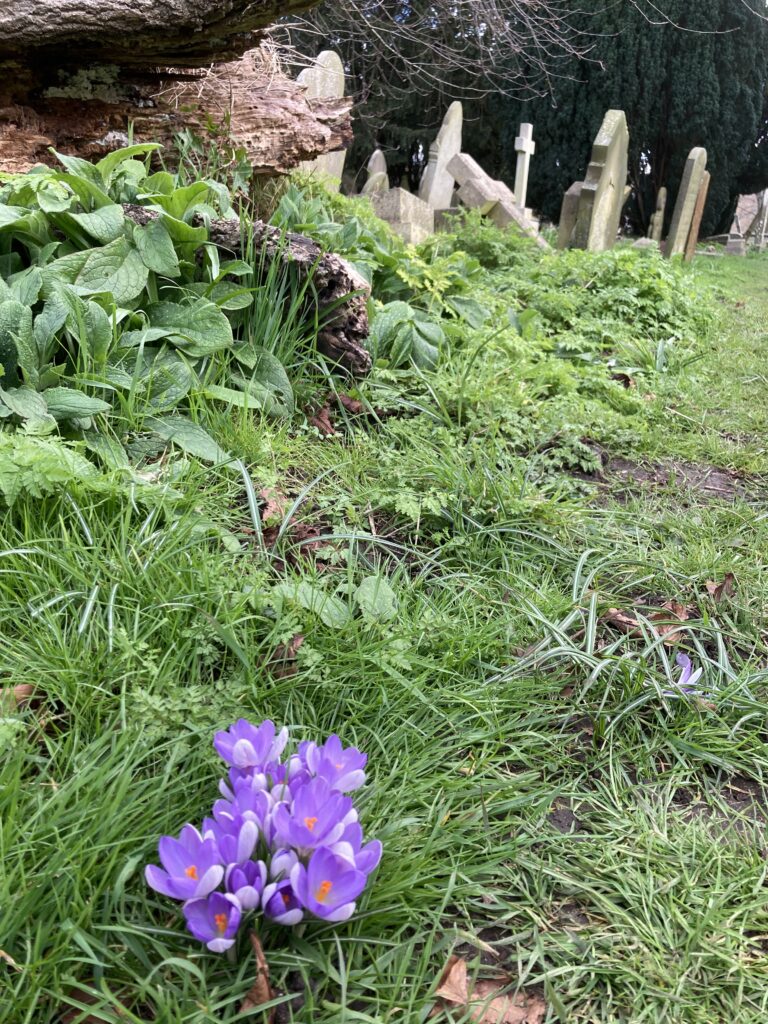
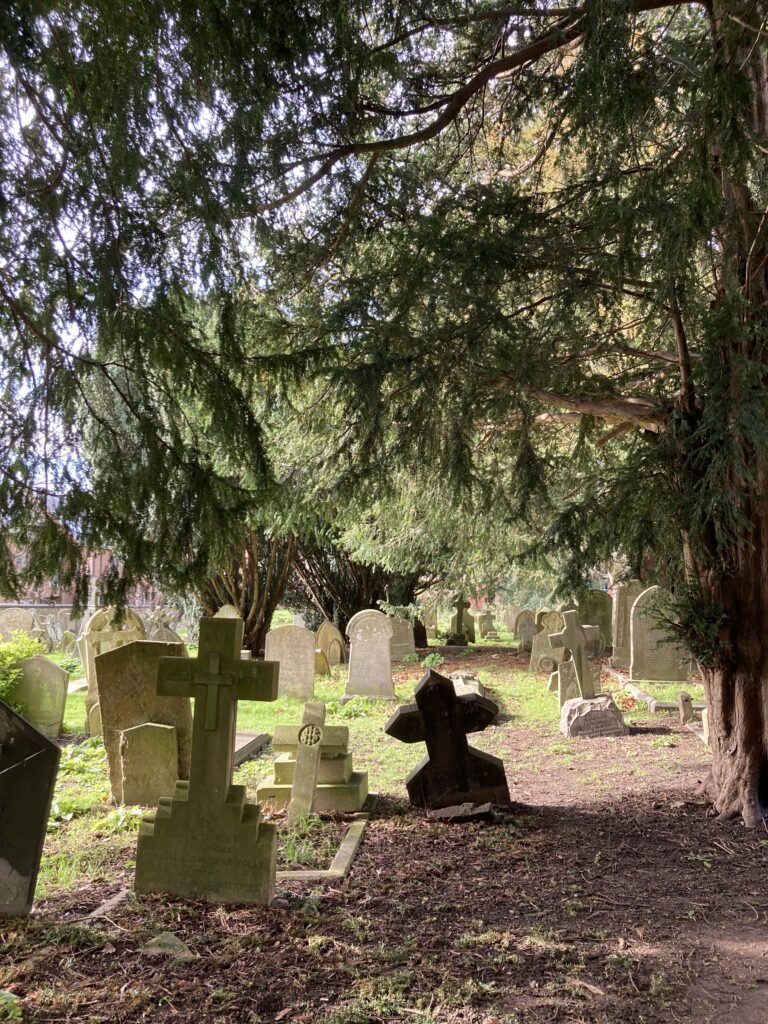
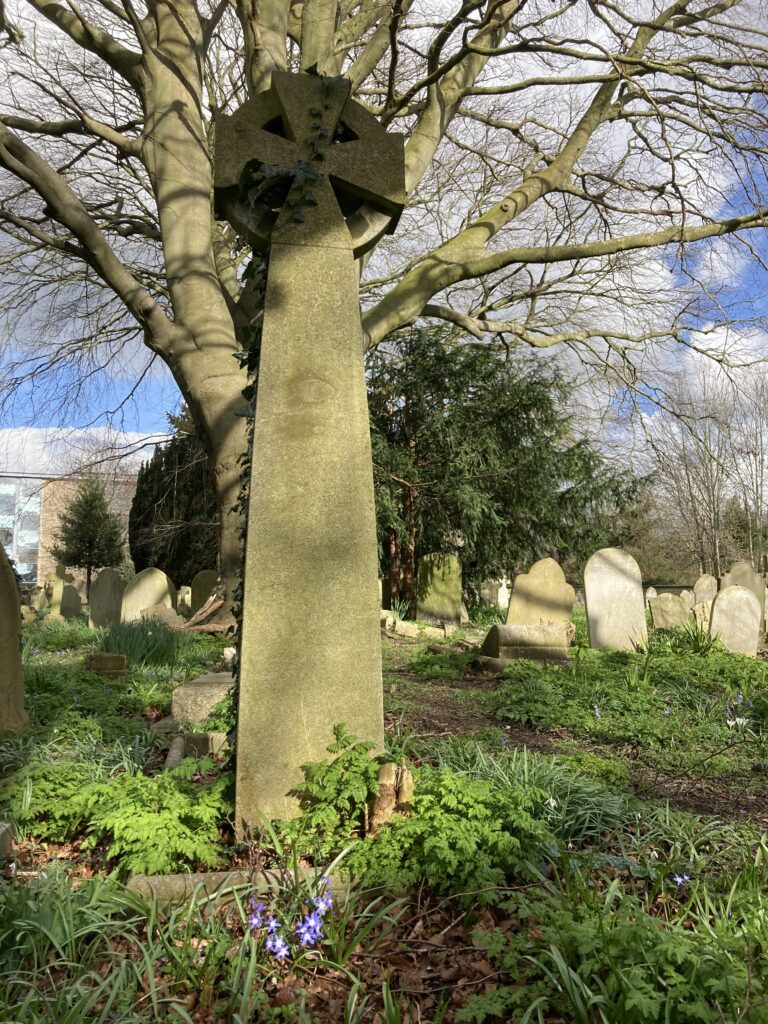
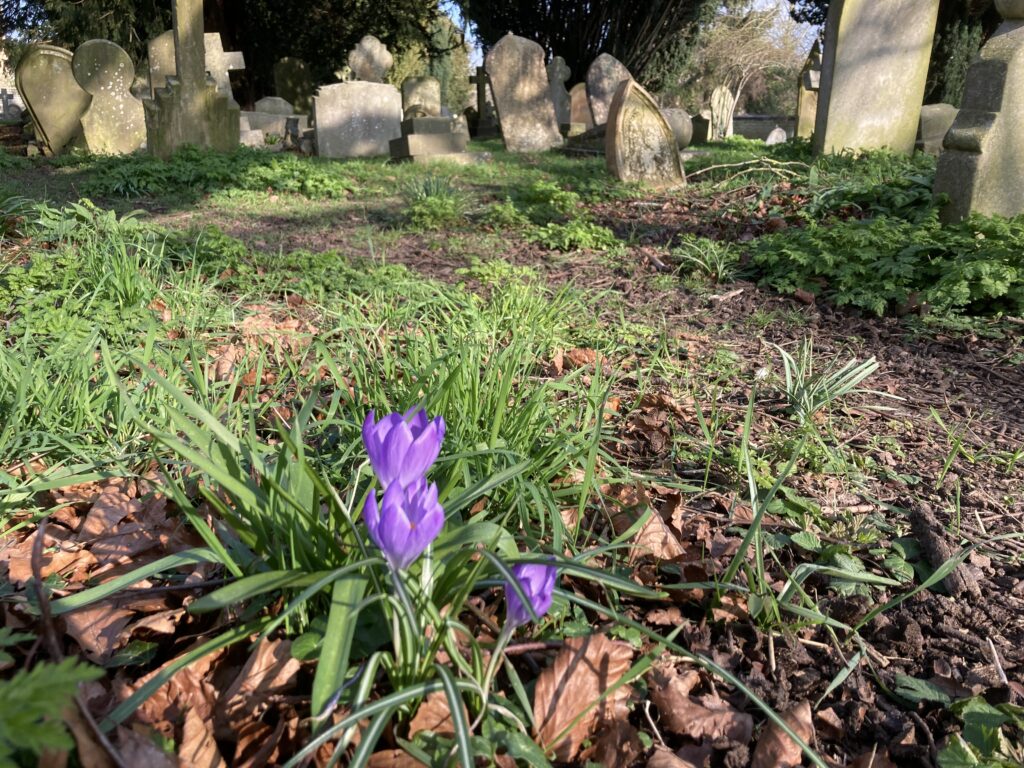
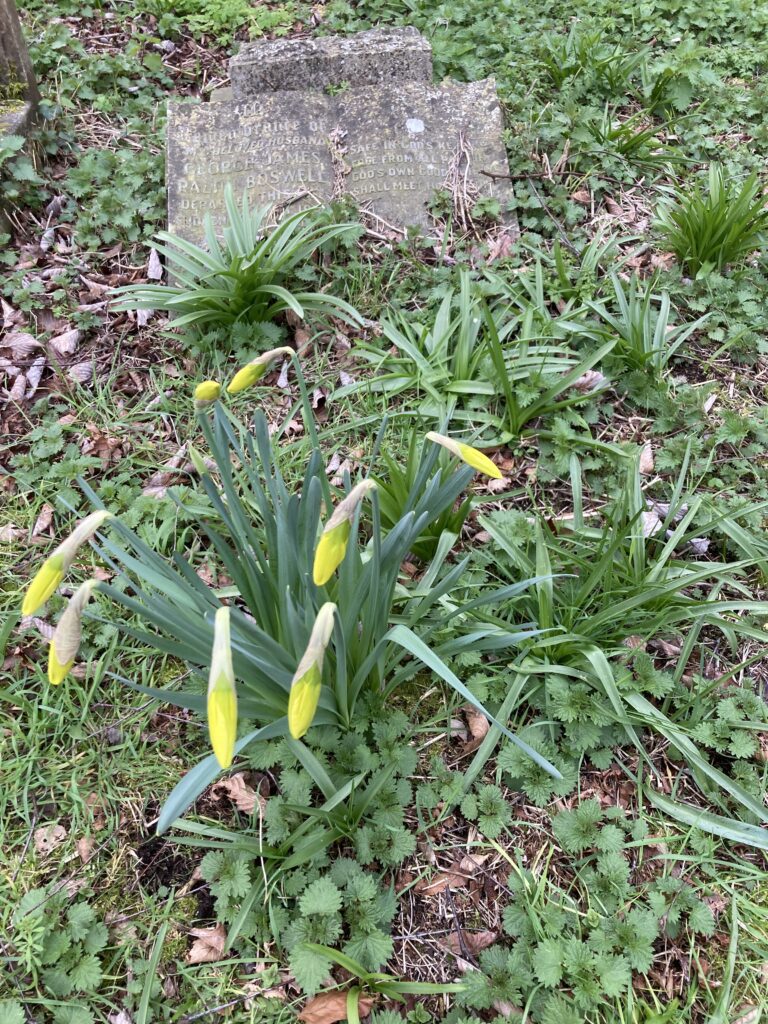
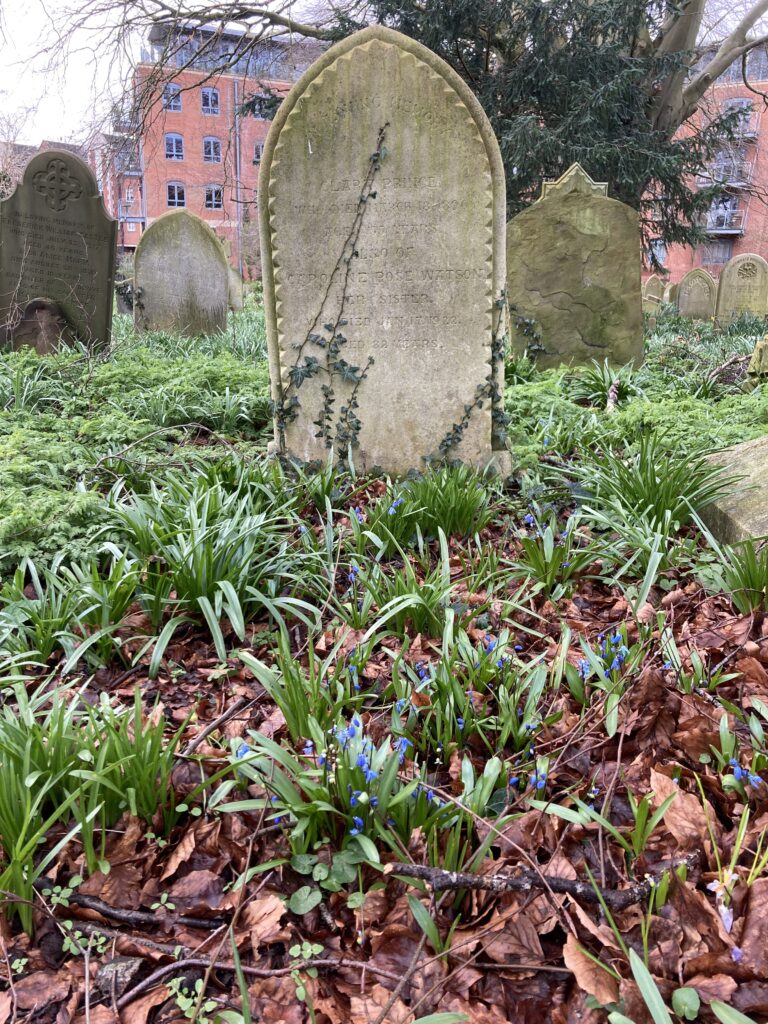
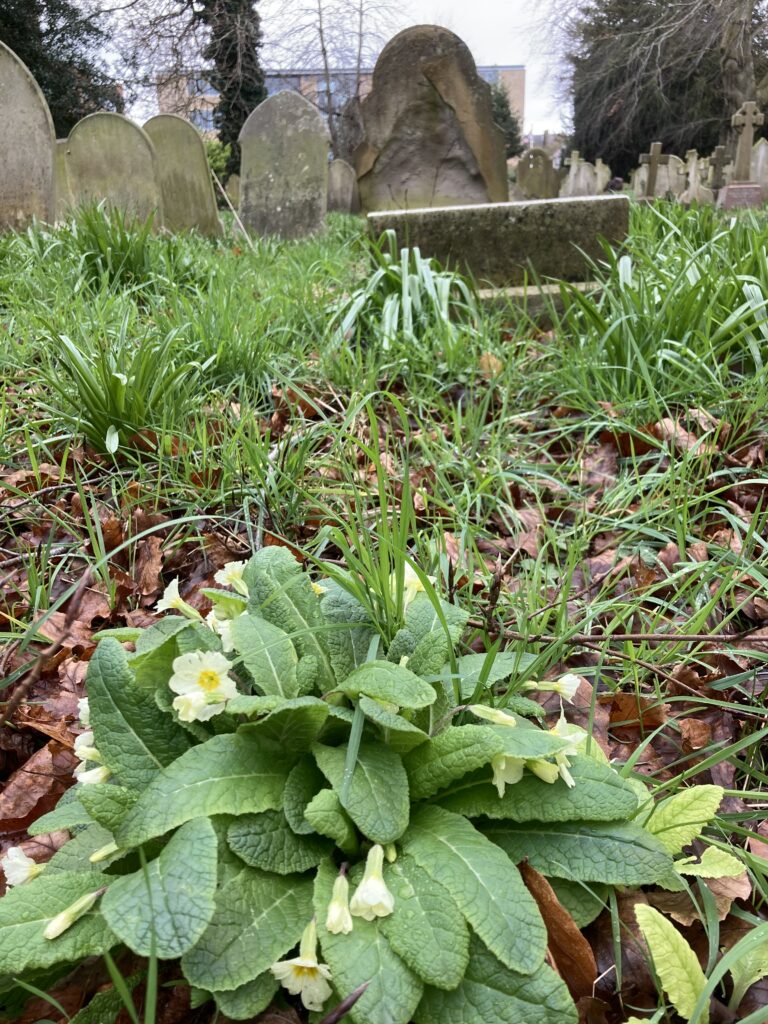
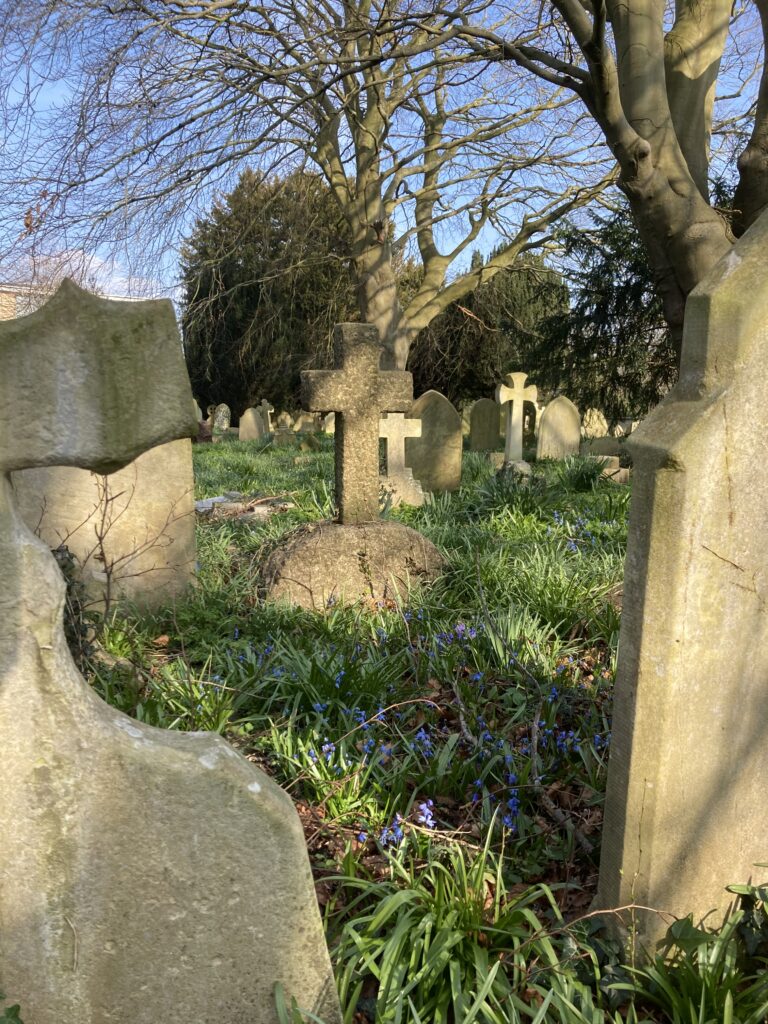
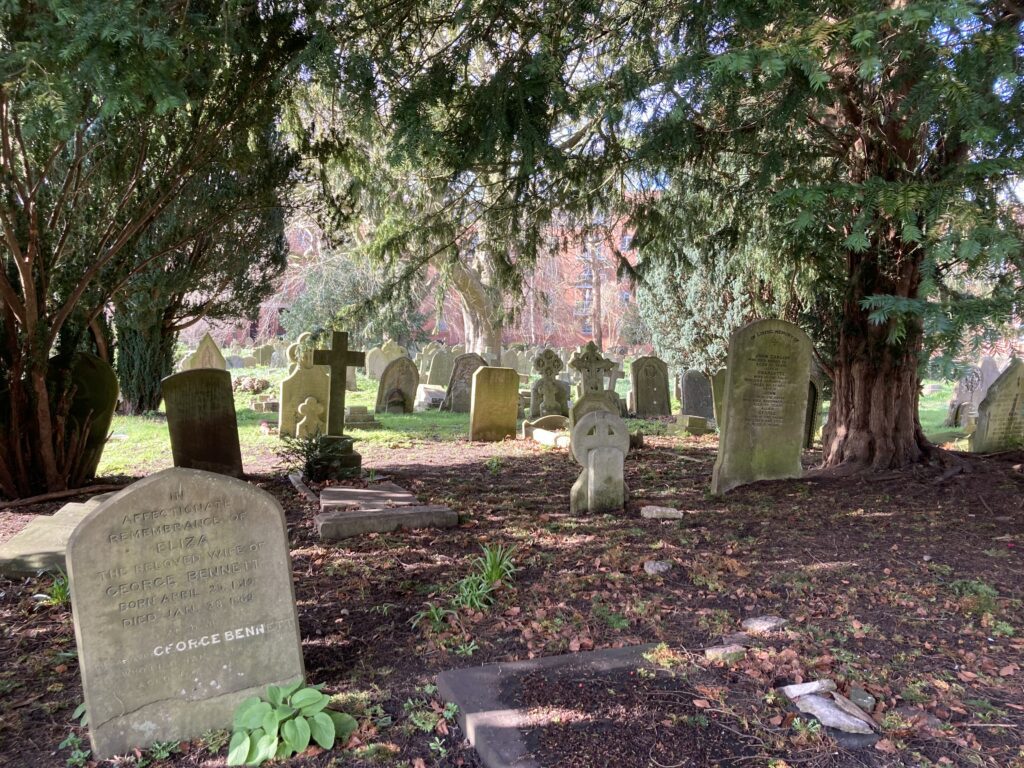
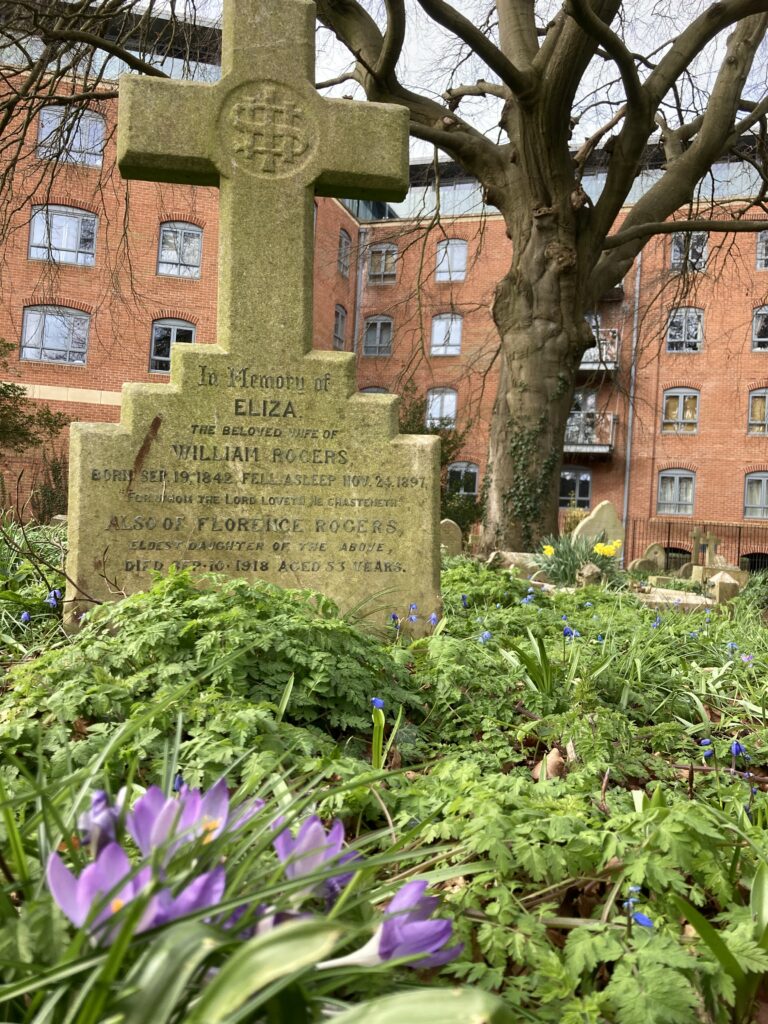
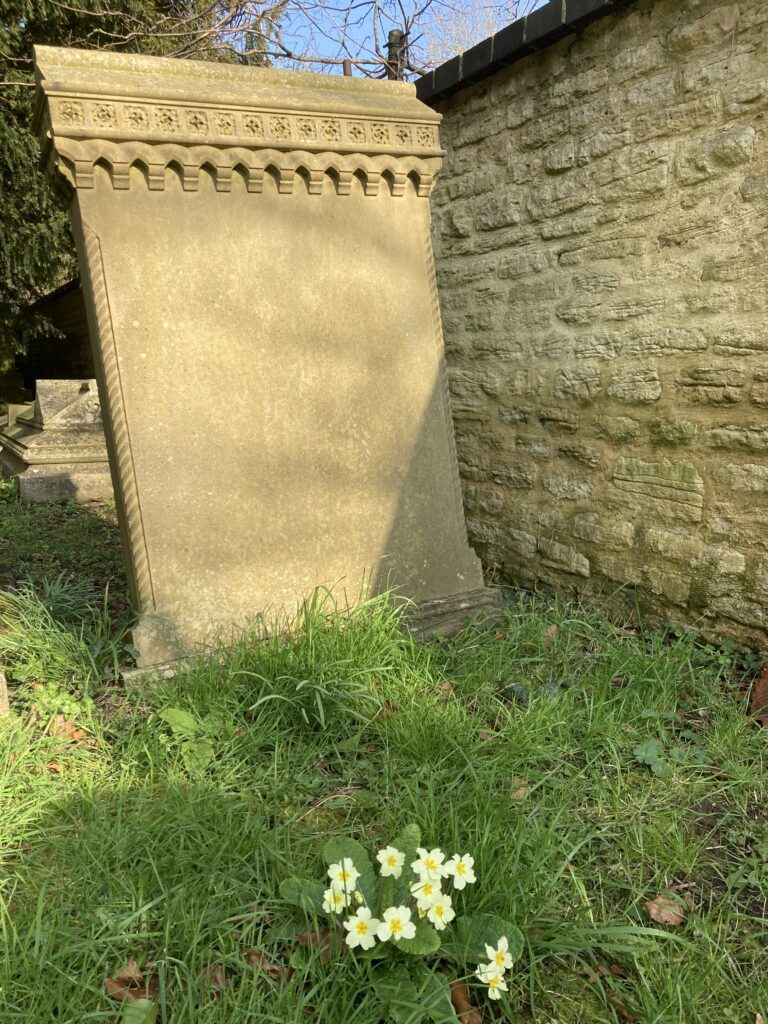
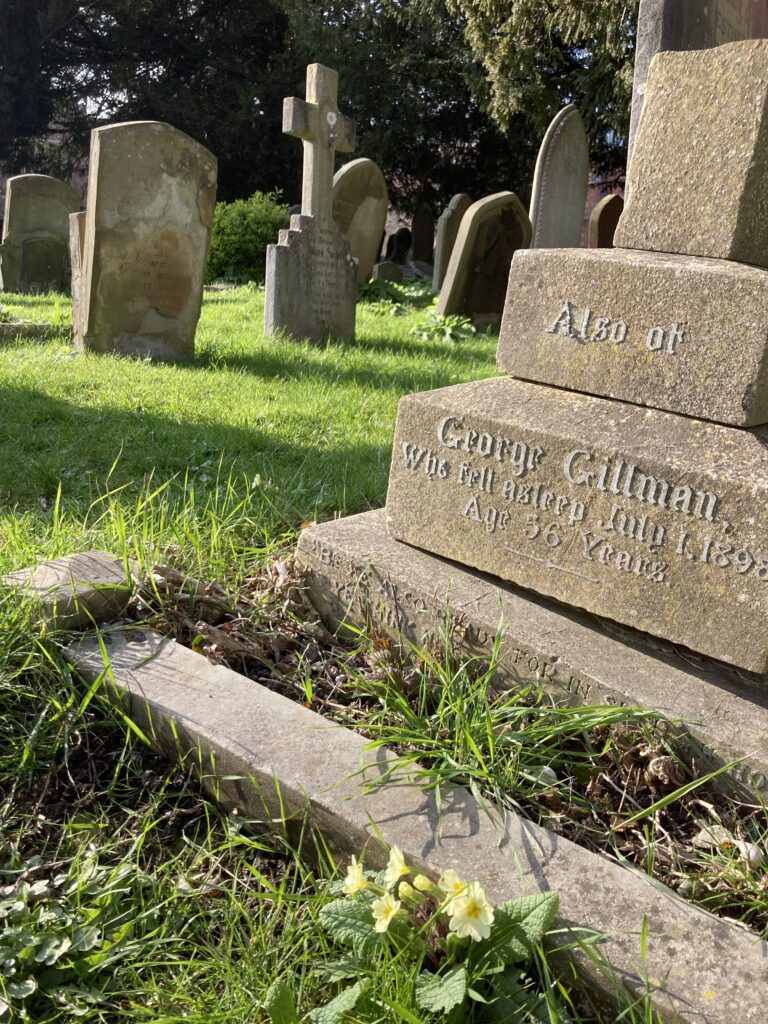
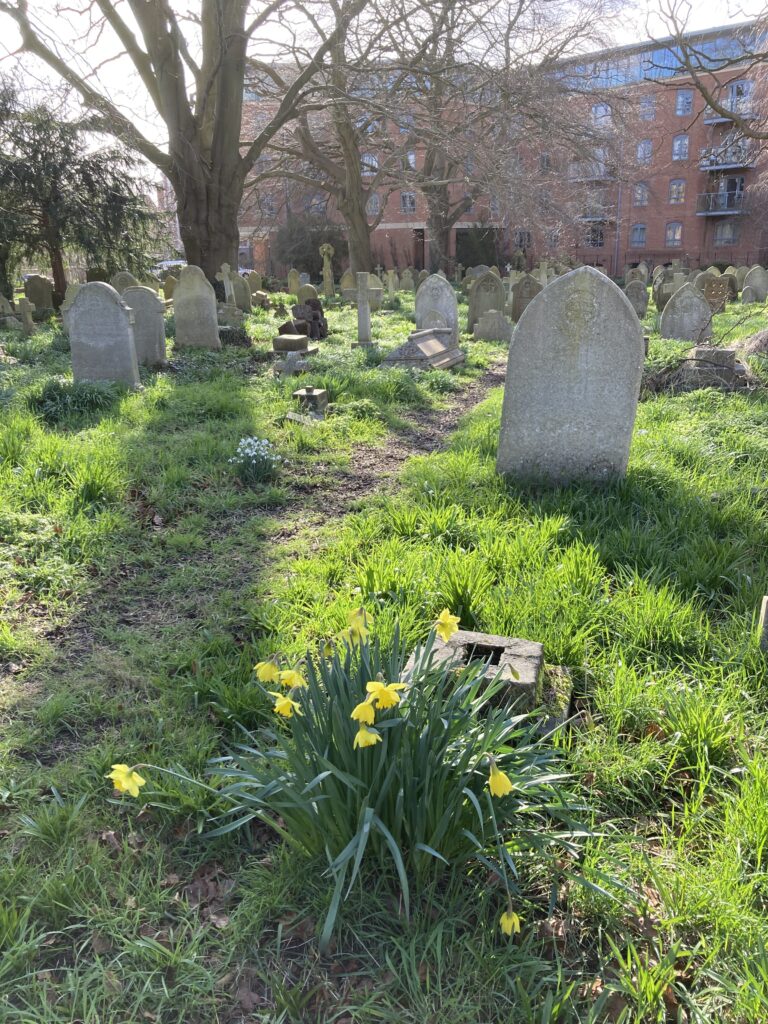
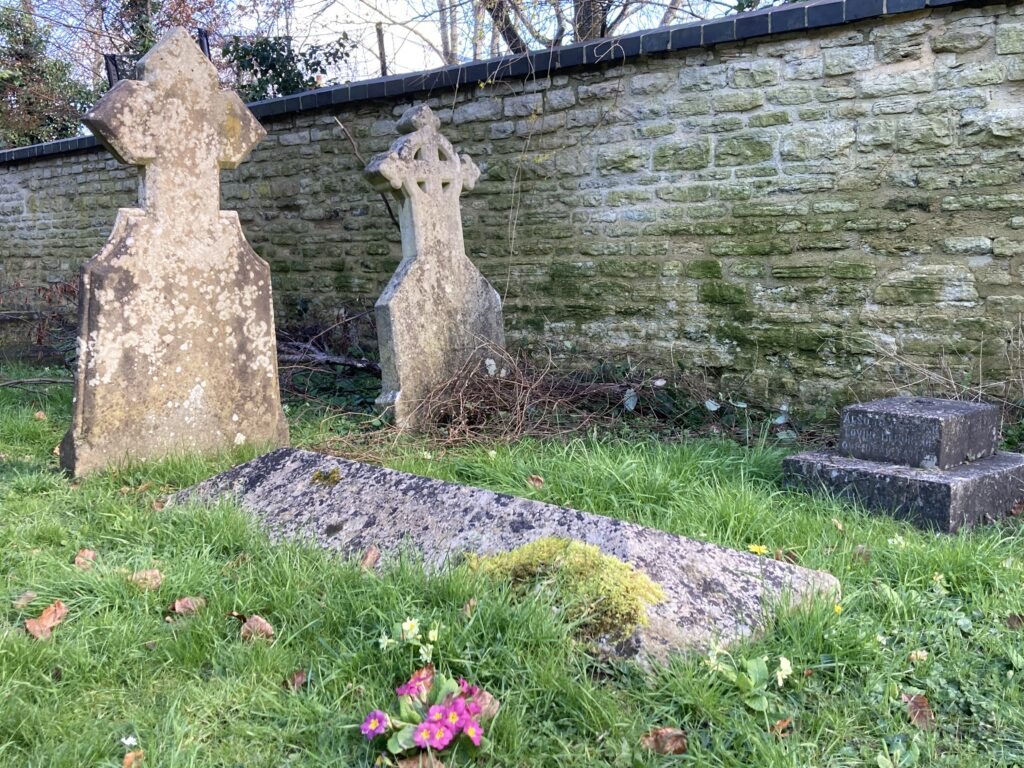
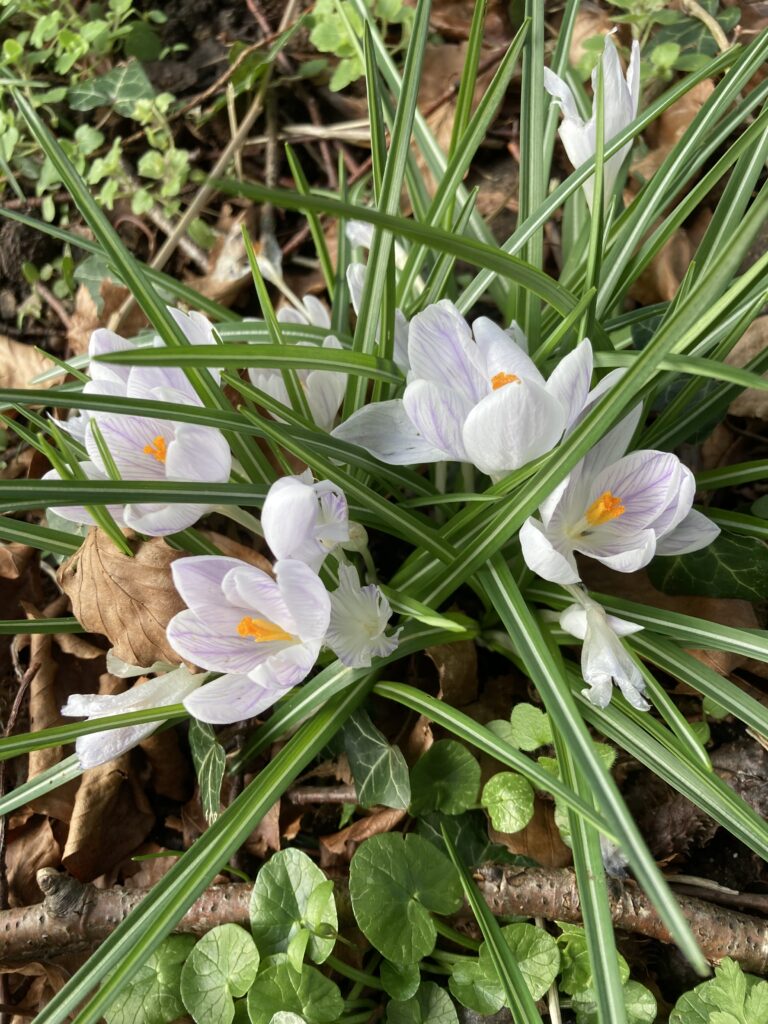
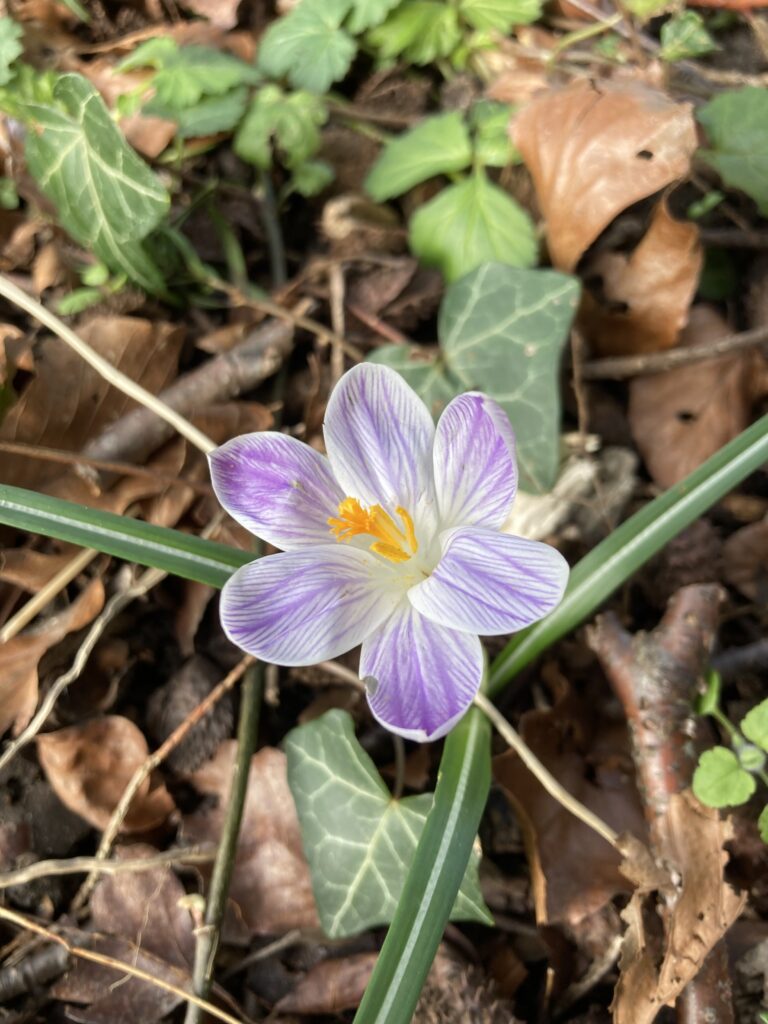
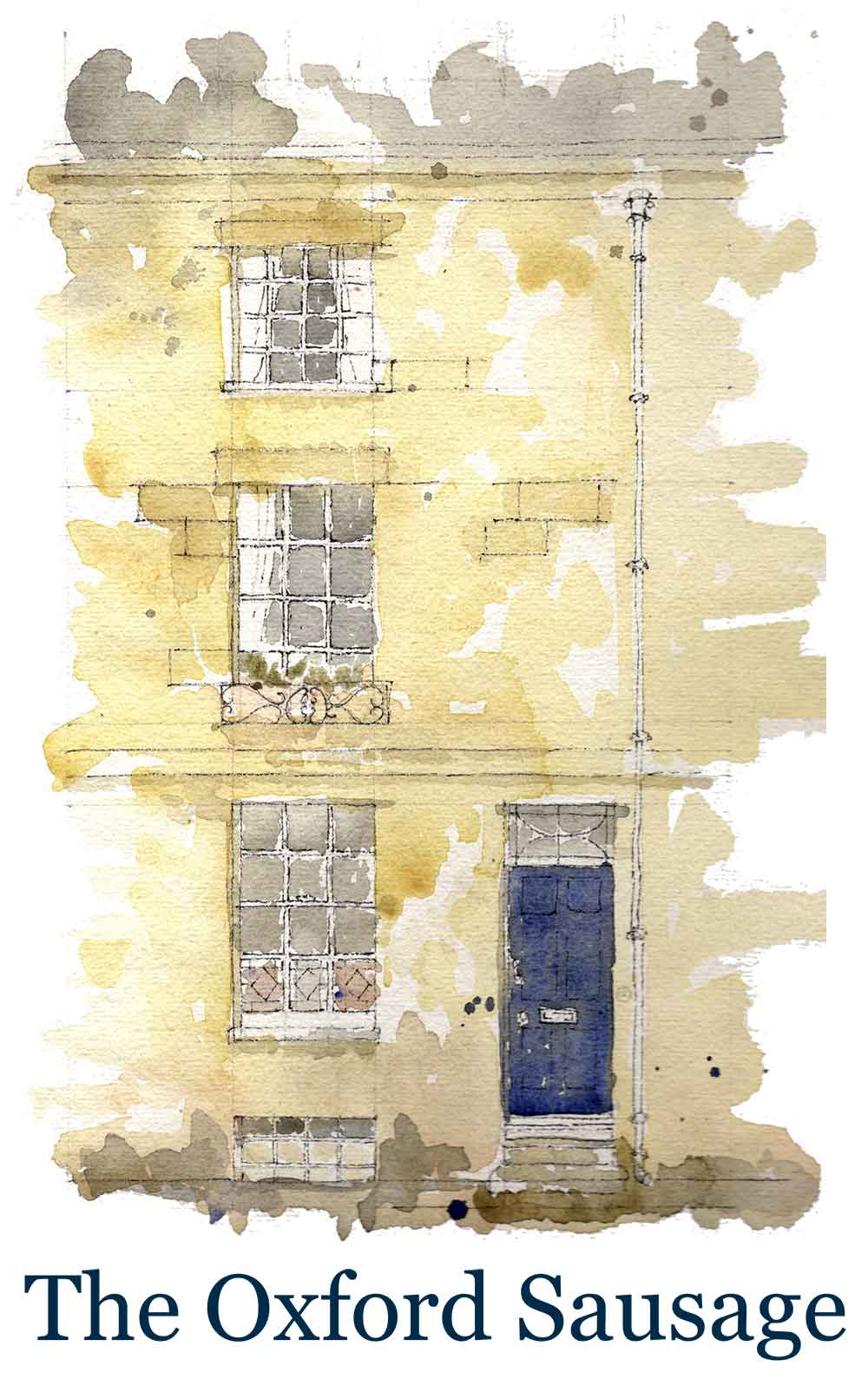
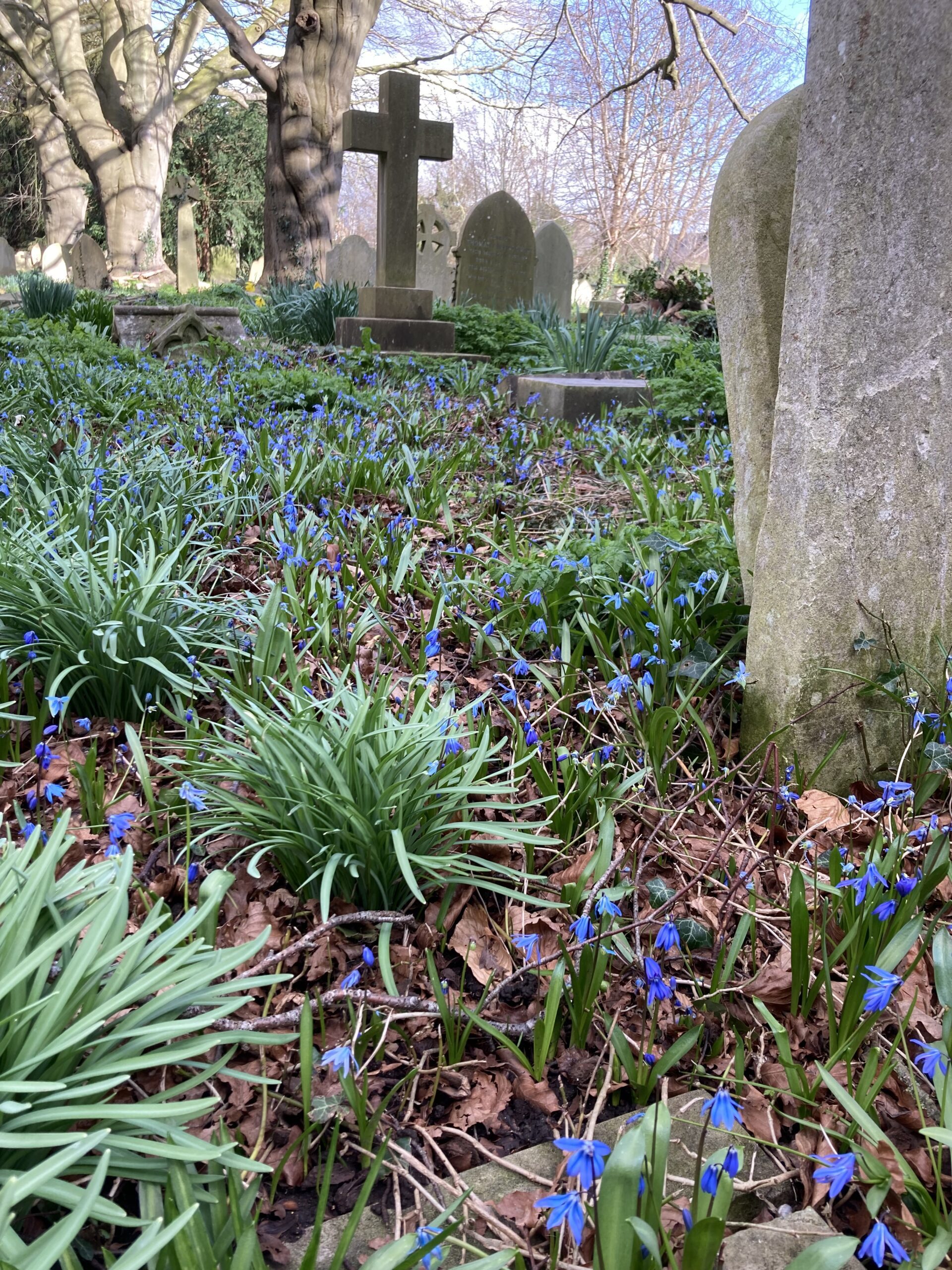
5 Comments
Join the discussion and tell us your opinion.
Beautiful photos; lovely story. Thank you! I shall visit when next in Oxford.
I lived at 77 Walton Street in 2013/2014 with Chloe, among others, and our garden would I think just about have backed onto the cemetery! Two kids with hockey sticks besieged a house party we threw once; they must have approached through it. Great post as ever.
Beautiful! The thoughts are as lovely as the flowers!
Those antique lives captured by engravings on stone were often short, and the epitaphs are very moving. I admit to weeping on occasion when I stop by the cemetery to seek tranquility, as am reminded by these headstones to remember the Dead.
[…] Springtime at St Sepulchres […]